A pH buffer with wetting and spreading properties for use with alkaline-sensitive agro-chemicals or agro-chemicals that require the use of a buffer.
- o.o4 -0.1 % (40 -100 ml/100l spray solution).
- Use the higher rate in water with a high alkalinity (buffering capacity) or when a water analysis indicates it.
- 0.04 – 0.1 % (40 – 100 mℓ /100 ℓ spray solution).
- Use the higher rate in water with a high alkalinity (buffering capacity) or when a water analysis indicates it.
-0.04 – 0.1 % (40 – 100 mℓ/100 ℓ spray solution).
- Use the higher rate in water with a high alkalinity (buffering capacity) or a water analysis indicates it.
- 0.04 – 0.1 % (40 – 100 mℓ/100 ℓ spray solution).
- Use the higher rate in water with a high alkalinity (buffering capacity) or when a water analysis indicates it.
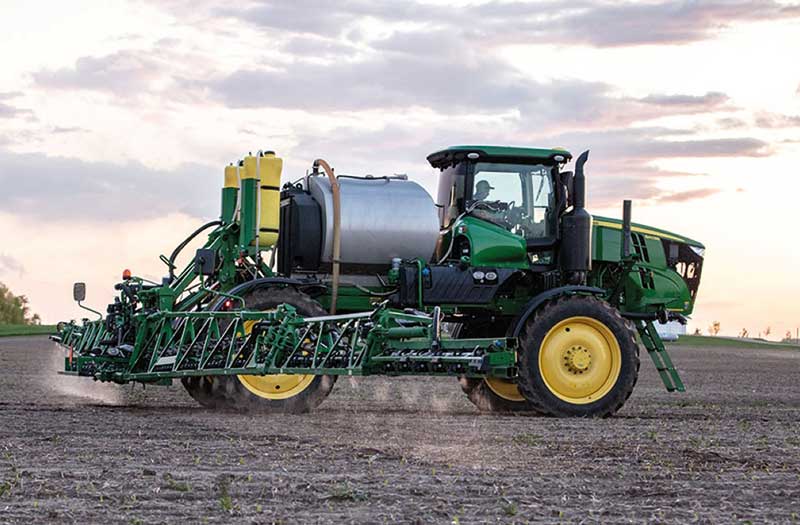
Background Ammonium sulphate has been used with cation-sensitive herbicides like glyphosate for about forty years. It is probably one of the most successful and long-lived
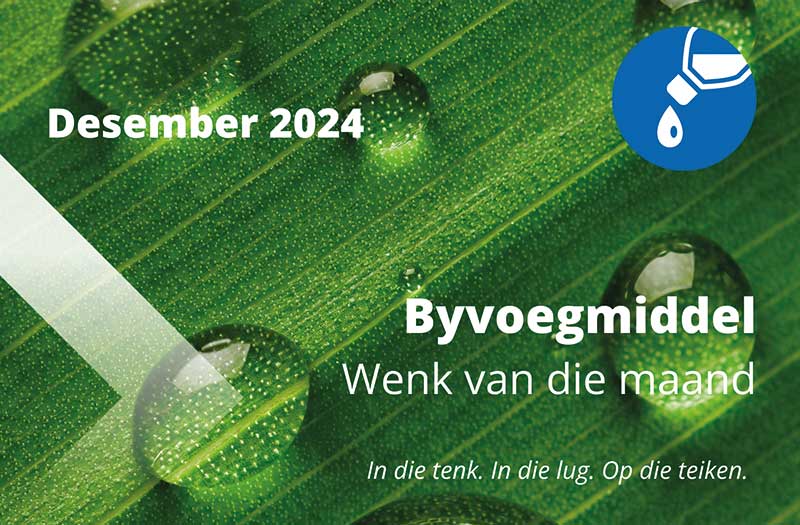
Ons beklemtoon dikwels die belangrikheid daarvan om genoeg spuitdruppels tot by alle dele van die plant te kry. Ons moet egter ook verseker dat meer
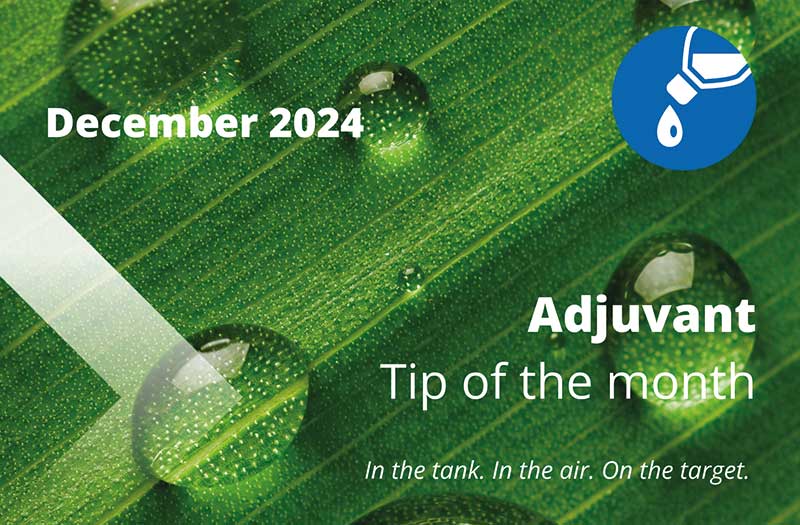
By Dr. Brian de Villiers We often stress the importance of getting enough spray droplets to all portions of the plant. However, we also need
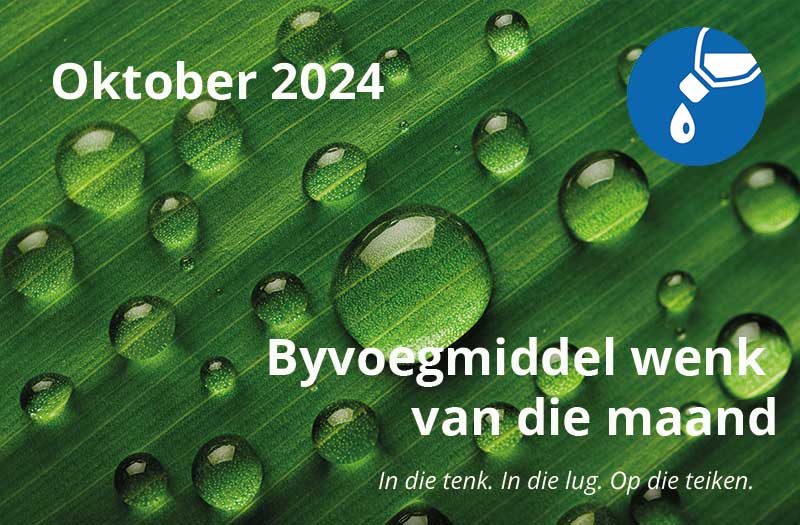
Watergehalte is een van die grootste sondebokke as dit kom by die swak prestasie van verskeie gewasbeskermingsprodukte (GBP’e). Faktore soos katioonvlakke, pH en alkaliniteit kan
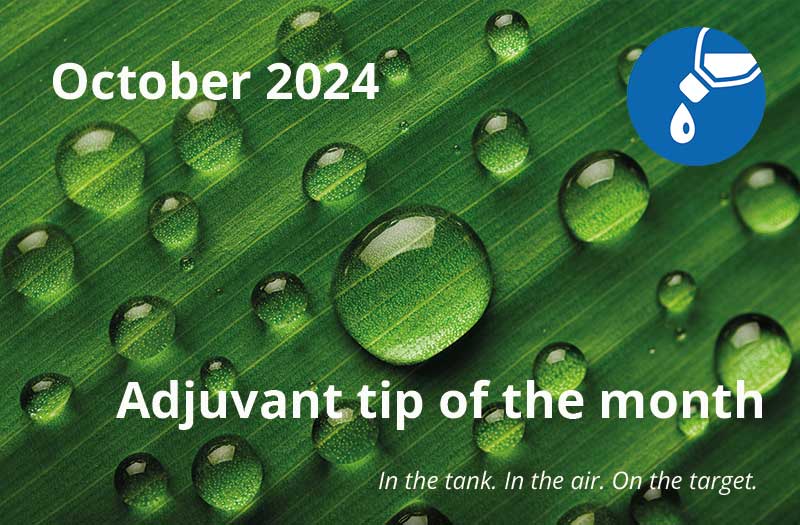
Water quality is a major contributing factor to the poor performance of various crop protection products (CPPs). Factors such as cation levels, pH and alkalinity
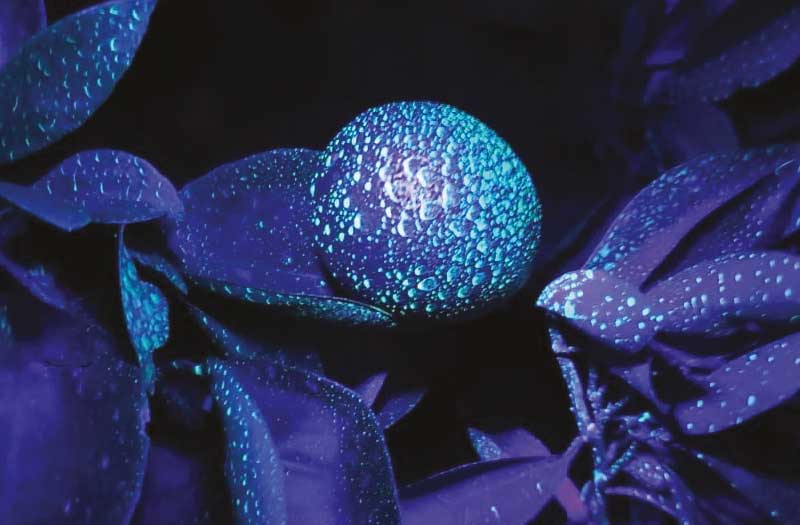
Proewe wat in Suid-Afrikaanse boerderytoestande gedoen is, toon dat die gebruik van Villa se nuutste byvoegmiddel wesenlike kostebesparings by boordgewasse meebring. Die hoofdoel van byvoegmiddels
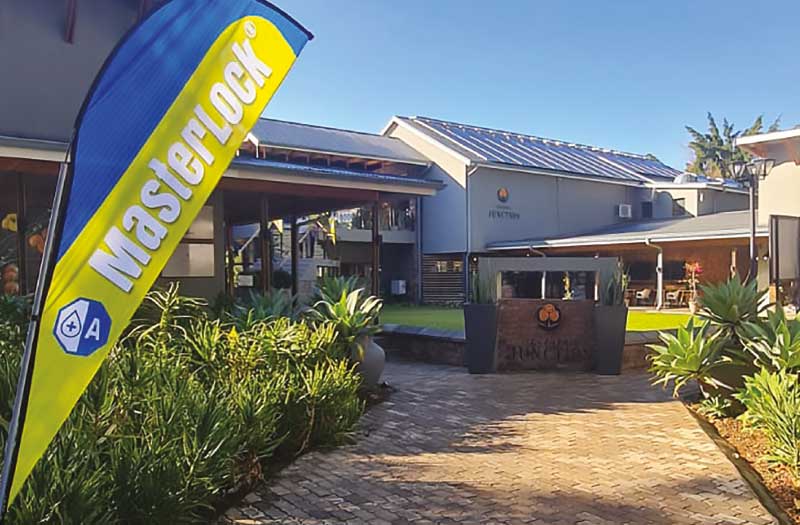
Good news in a world of dwindling actives Dr Brian de Villiers,Villa Adjuvant Consultant INTERLOCK® (L 10254) was introduced to the South African market in
Villa Crop Protection (Ply) Ltd.
Reg. No. 1992/002474/07
PO Box 10413, Aston Manor, 1630.
Tel. (Oll) 396-2233

Background Ammonium sulphate has been used with cation-sensitive herbicides like glyphosate for about forty years. It is probably one of the most successful and long-lived

Ons beklemtoon dikwels die belangrikheid daarvan om genoeg spuitdruppels tot by alle dele van die plant te kry. Ons moet egter ook verseker dat meer

By Dr. Brian de Villiers We often stress the importance of getting enough spray droplets to all portions of the plant. However, we also need

Watergehalte is een van die grootste sondebokke as dit kom by die swak prestasie van verskeie gewasbeskermingsprodukte (GBP’e). Faktore soos katioonvlakke, pH en alkaliniteit kan

Water quality is a major contributing factor to the poor performance of various crop protection products (CPPs). Factors such as cation levels, pH and alkalinity

Proewe wat in Suid-Afrikaanse boerderytoestande gedoen is, toon dat die gebruik van Villa se nuutste byvoegmiddel wesenlike kostebesparings by boordgewasse meebring. Die hoofdoel van byvoegmiddels

Good news in a world of dwindling actives Dr Brian de Villiers,Villa Adjuvant Consultant INTERLOCK® (L 10254) was introduced to the South African market in

Ons beklemtoon dikwels die belangrikheid daarvan om genoeg spuitdruppels tot by alle dele van die plant te kry. Ons moet egter ook verseker dat meer

Pink and blue campaigns show you’re never alone Cancer awareness campaigns have been around for many years – October’s pink ribbons for breast cancer awareness
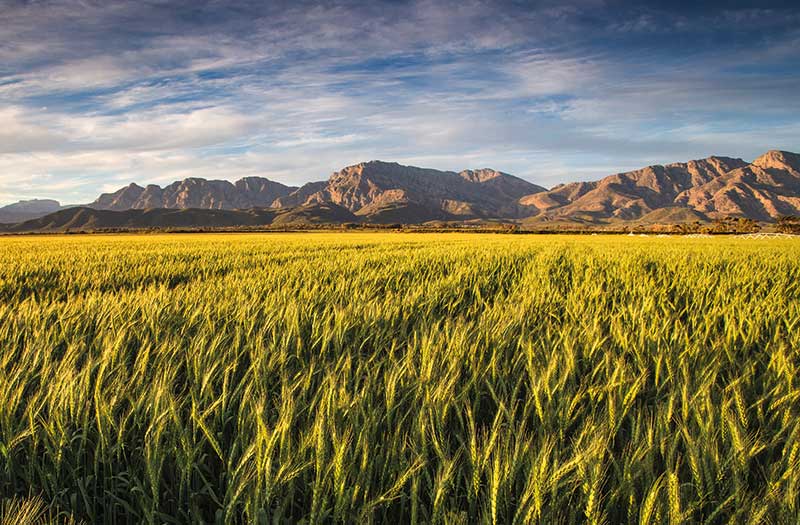
Magunya Kalimashe,Portfolio Lead: Herbicides Weed control remains an essential practice in small grain production. The benefits of effective weed control practices have been documented extensively
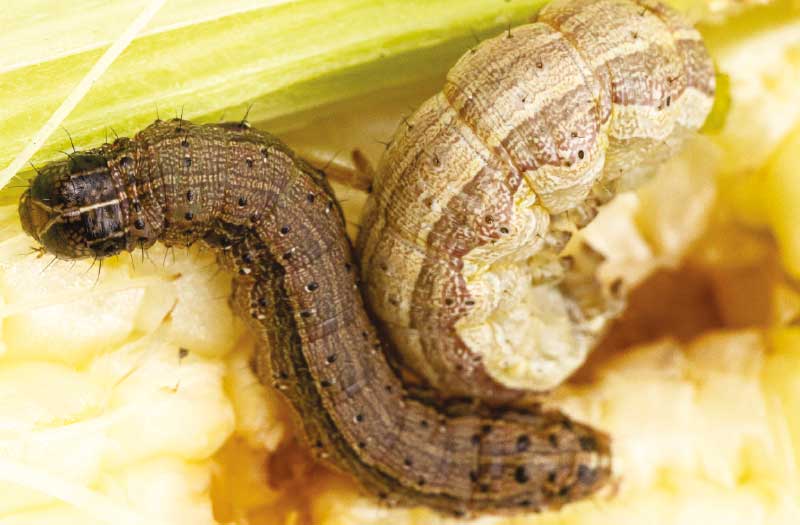
De Wet du Toit,Portefeuljeleier: Insekdoders Mielies is een van die belangrikste gewasse wat jaarliks in Suid-Afrika produseer word. Dit dra nie net tot die ekonomie
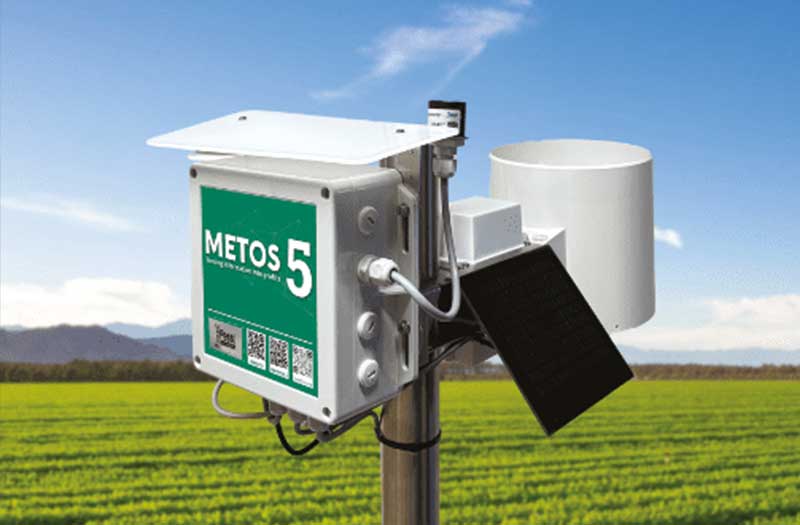
Weather-related events play a major role in the success of farm activities, and weed management is no exception. Weeds remain a huge problem in crop
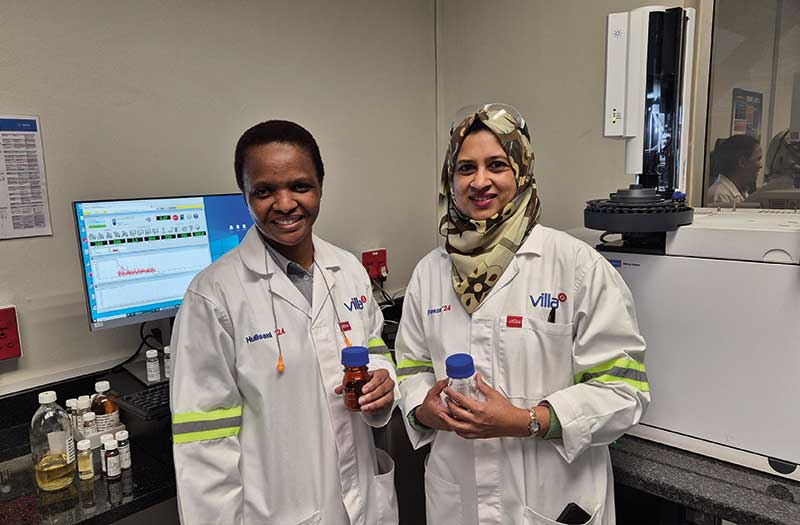
Quality control is non-negotiable in the manufacture of crop protection products, and at Fountain Chemicals, this does not stop at simply complying with production standards.

Villa is excited to announce the appointment of Sarah le Grange in the new role of industry liaison and food value chain manager. In this
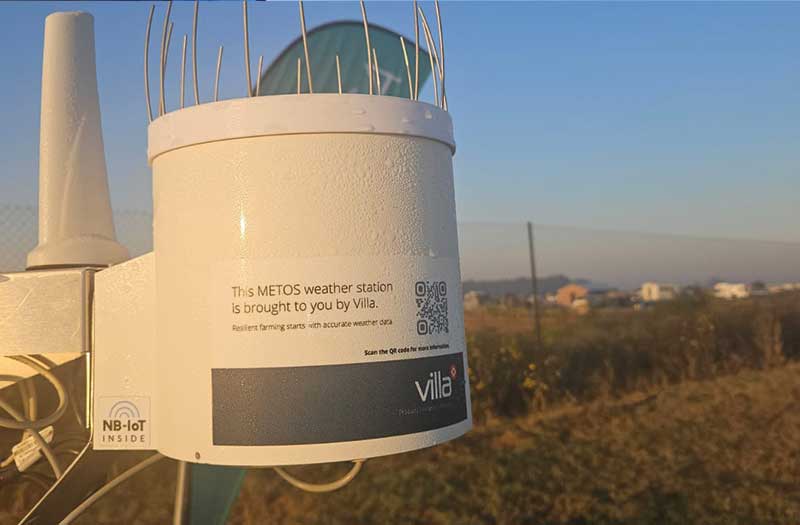
In modern agriculture, innovation is not just a buzzword-it’s a necessity. At Villa, we recognise our pivotal role in equipping South African growers with the

Our understanding of scientific inventions does not stop the moment we start using them. We keep learning more about their good and bad characteristics the

Background Ammonium sulphate has been used with cation-sensitive herbicides like glyphosate for about forty years. It is probably one of the most successful and long-lived